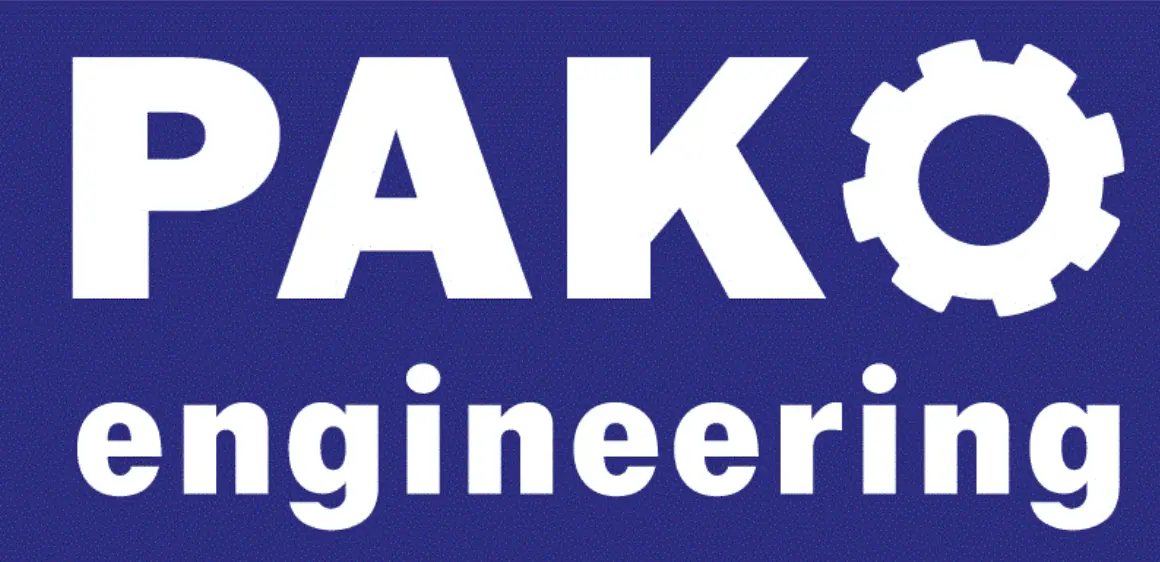Table of Contents
ToggleWhat is a Pressure Gauge and What Do They Do?
Pressure gauges are incredibly useful bits of equipment that can be used to monitor a variety of pressure-related measurements. A pressure gauge is an instrument used to measure pressure in various processes, including gas pressure, liquid pressure, and vacuum pressure.There are many different types of pressure gauges with different functionalities and applications. The most common types include the differential pressure gauge, the vacuum gauge, and the combined vacuum and pressure gauge. Let’s take a look at what each one does and how they can benefit your business.
Differential Pressure Gauge
A differential pressure gauge is used to measure the difference in pressure between two points. This can be used to monitor the flow of fluids into and out of a system, or between different systems. A large differential pressure gauge is used to measure pressure inside a large system, such as inside a boiler. A smaller differential pressure gauge is used to measure the difference in pressure between two points within a small system. The most common application for a differential pressure gauge is in HVAC. Differential pressure gauges are commonly used in air conditioning systems to measure the pressure difference between the indoor unit and the outdoor unit. The difference between the two measurements shows how efficiently the system is working. If there is a leak in the system, the differential pressure will decrease, which will show up on the gauge. A differential pressure gauge can also be used to monitor pressure in a water supply or a process that operates under pressure. A differential pressure gauge can be used to measure the difference between a controlled pressure source and a pressure source that is outside the control of the system that the gauge is monitoring.
Vacuum Gauge
A vacuum gauge is used to measure the pressure of a vacuum. This can be used to monitor different processes that are done under vacuum conditions, such as distillation, solvent extraction, and evaporation. A vacuum gauge is used for two purposes. When the gauge is reading a positive pressure, it is measuring above atmospheric pressure. When the gauge is reading a negative pressure, it is measuring below atmospheric pressure. A vacuum gauge can be used to monitor the pressure within a vacuum system or chamber. A vacuum gauge can also be used to monitor the pressure of gases or liquids being removed from a system under vacuum conditions. A vacuum gauge is commonly used in industries that work with vacuum distillation, vacuum evaporation, or solvent extraction.
Combined Pressure and Vacuum Gauge
A combined vacuum and pressure gauge combines the functionality of a vacuum gauge and a differential pressure gauge into one. This is a very versatile type of gauge and can be used in a wide range of situations. A combined vacuum and pressure gauge can be used to monitor the pressure inside a system or the pressure difference between two points within a system. It can also be used to monitor the pressure of gases being removed from a system under vacuum conditions. This gauge can be used in all of the same industries as the vacuum gauge, as well as in industries that use vacuum distillation or vacuum evaporation.
How to Read a Pressure Gauge
The easiest way to read a pressure gauge is to start from the top and work your way down. The top number, which is usually in red, represents the pressure above the vacuum level. This is normally atmospheric pressure, but it could be another pressure depending on the circumstances. The middle number, which is usually in black, represents the pressure being measured. The bottom number, which is usually in yellow, represents the vacuum pressure. When reading a vacuum gauge, remember that the bottom number is in yellow. This means that the gauge is not calibrated to zero.
Benefits of Using a Pressure Gauge
Pressure gauges are used to monitor and control pressure in systems and processes. This is a critical part of many industries, particularly those in which the production of a product relies on precise pressure conditions. Pressure gauges can be used to quickly identify the source of pressure in a system or a malfunction in a system. If there is a leak or a problem with the system, the gauge will show this. Pressure gauges can be used to ensure that a system is not over or under pressurized. This is particularly important in industrial settings where there could be serious consequences if the pressure is not properly monitored and controlled.
Conclusion
Pressure gauges are a critical piece of equipment that can be used to monitor a variety of pressure-related measurements. There are many different types of pressure gauges with different functionalities and applications. The most common types include the differential pressure gauge, the vacuum gauge, and the combined vacuum and pressure gauge.




